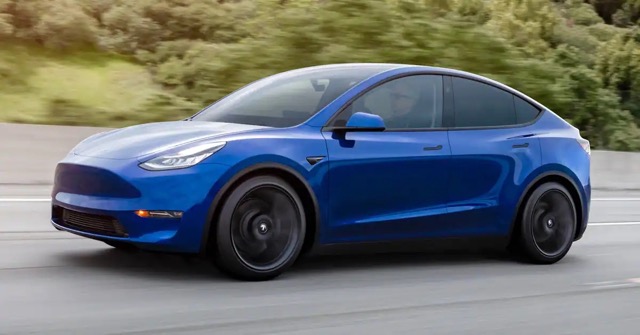On July 12, U.S. auto safety regulators scrapped a 2019 proposal that would have allowed automakers to offer owners a choice of multiple warning tones for electric vehicles and other “low-noise vehicles,”media reported.
At low speeds, electric vehicles tend to be much quieter than gasoline-powered models. Under rules authorized by Congress and finalized by the U.S. Highway Safety Administration (NHTSA), when hybrid and electric vehicles travel at speeds not exceeding 18.6 miles per hour (30 kilometers per hour), automakers must add to the Warning tones to prevent injuries to pedestrians, cyclists and blind people.
In 2019, NHTSA proposed allowing automakers to install some driver-selectable pedestrian warning tones on “low-noise vehicles.” But NHTSA said on July 12 that the proposal “was not adopted due to a lack of supporting data. This practice would lead car companies to add more incomprehensible sounds to their vehicles that fail to alert pedestrians.” The agency said that at higher speeds, tire noise and wind resistance will become louder, so there is no need for a separate warning sound.

Image credit: Tesla
In February, Tesla recalled 578,607 vehicles in the United States because its “Boombox” feature played loud music or other sounds that could prevent pedestrians from hearing warning chimes when vehicles approached. Tesla says the Boombox feature allows the vehicle to play sounds through external speakers while driving and may mask the sounds of the pedestrian warning system.
NHTSA estimates that pedestrian warning systems could reduce 2,400 injuries a year and cost the auto industry about $40 million a year as companies install exterior waterproof speakers on their vehicles. The agency estimates harm reduction benefits to be $250 million to $320 million per year.
The agency estimates that hybrid vehicles are 19 percent more likely to collide with pedestrians than conventional gasoline-powered vehicles. Last year, U.S. pedestrian fatalities jumped 13 percent to 7,342, the highest number since 1981. Cycling deaths rose 5 percent to 985, the highest number since at least 1975.
Post time: Jul-14-2022